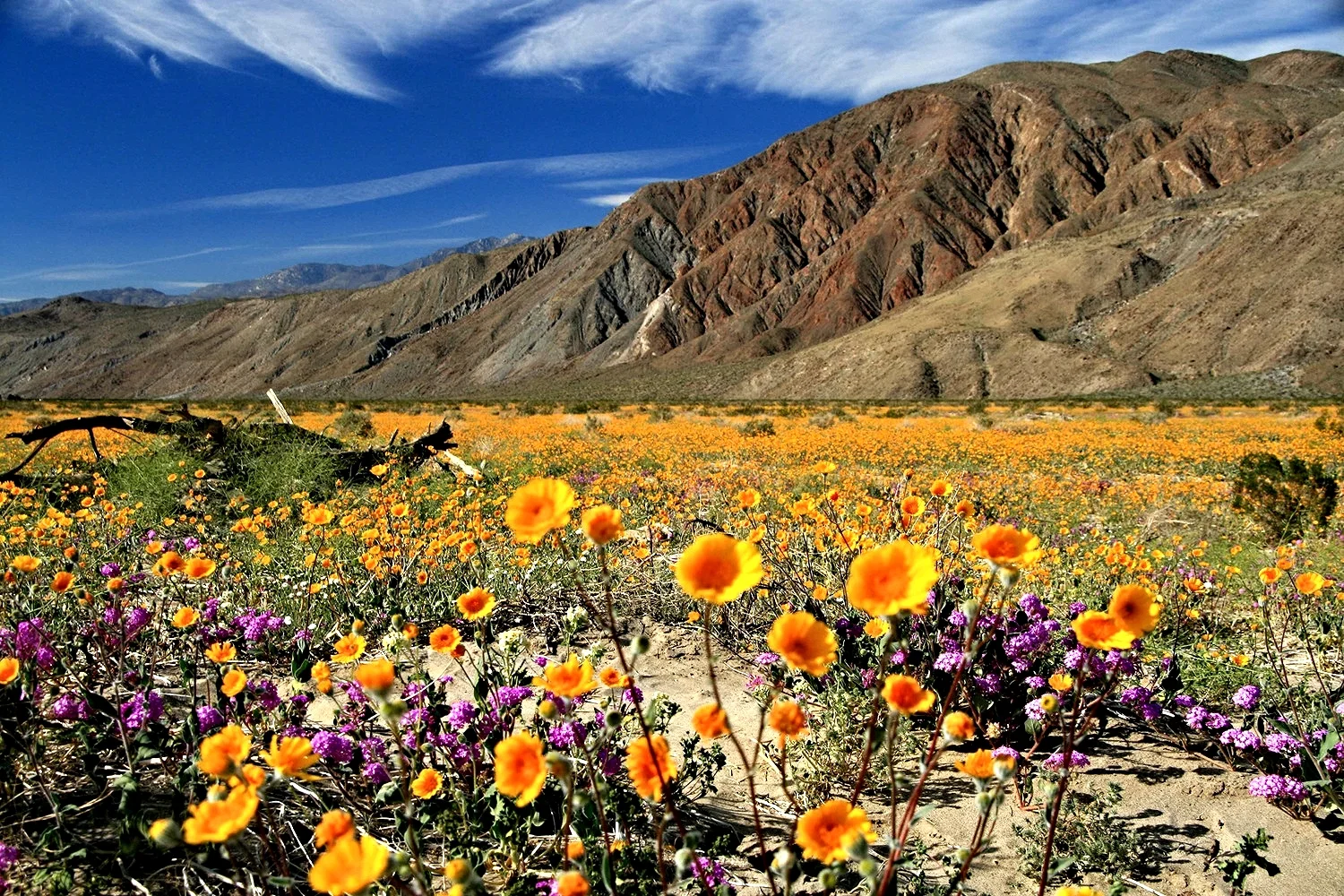Online Pre-sale of Plants Has Closed
/Phacelia crenulata
Online ordering of desert native plants for this year's Plant Festival has closed. Orders have been placed today and will be available for pickup at the Visitor Center patio on Friday, November 24. 2017. Extra native plants will also be available for walk-in sales.
The Plant Festival runs from 9 AM to 3 PM or until all plants are sold.



